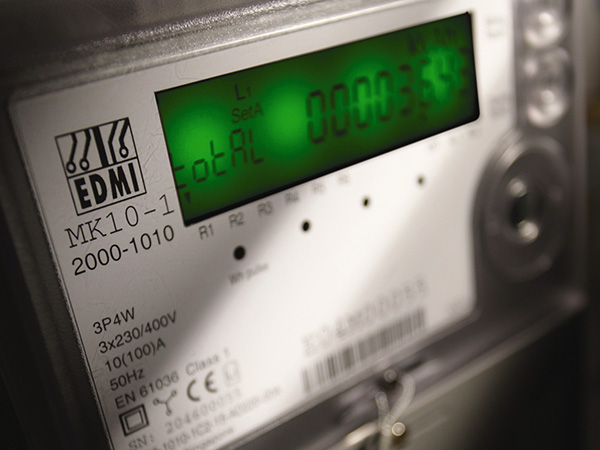The government’s goal of achieving a smart meter in every British home by 2025 is looking harder to achieve, according to new polling of installers and power companies.
Analysts Cornwall Insight believe that the 100% finishing line is receding for either first or second generation interactive meters.
Under terms of the nationwide roll out, by next January all suppliers are expected to have installed the enhanced devices in at least 50% of their account holders’ premises.
However, among thirteen of Britain’s biggest licenced suppliers, the analyst firm found only five had target coverages above 60% inked in for the end this year.
E had the highest target coverage for this year and last, with a goals of 64% and 72% respectively.
So Energy had upped its 2023 target most dramatically, from 33% to 57% of its customers’ homes. Ovo had also raised the bar, above its earlier target last year of 54%.

From its start in 2016, nationwide meter replacement was first scheduled to take five years. Technical delays and covid lockdowns, coupled with the collapse over 2020 and 2021 of challenger retailers under-hedged against the rocketing cost of gas, put paid to initial hopes.
Tolerance margins permitted under revised roll out rules, Cornwall found, did not take into account bigger firms taking on failed minnows as last resort suppliers. The effect, it believes, is to make achieving targets this year even harder.
“Although it is encouraging to witness rising targets, the fact remains that Britain is already halfway through the smart meter rollout. Achieving the objective of 100% coverage will require a significant effort”, Cornwall notes.
“Smart meters have been shown to decrease bills and reduce peak time energy consumption,” observed Mikael Mahmud, consumer markets analyst at the consultants.
“Getting to 100% coverage would be an important milestone for other industry workstreams such as market-wide half hourly settlement, helping to support flexible energy use and facilitate the transition to net zero”, he added.
“However, while suppliers have made progress in increasing their smart meter rollout, if they are to keep within realistic goals, they face an uphill struggle to meet the government’s 100% target”, Mahmud commented.
“Given the number of variables in play, from the upfront costs incurred by suppliers, to customer willingness to install the meters, the government must weigh carefully their 100% coverage goal against the acceptable tolerance level, which allows suppliers to deviate from their targets”, said the market expert. “It’s important to acknowledge that hitting or missing installation targets may not always be within the supplier’s control.”
Government data published in August 2022 found that 3.77 million out of the 27.76 million smart meters then operating were being used in ‘traditional’ mode. They were failing to send readings automatically, leaving owners still reporting their own consumption to their provider.




